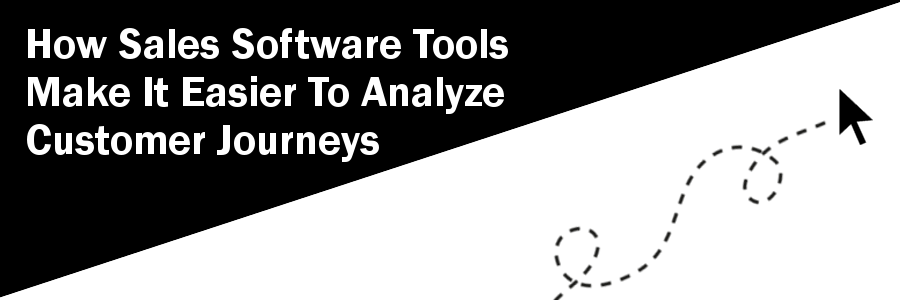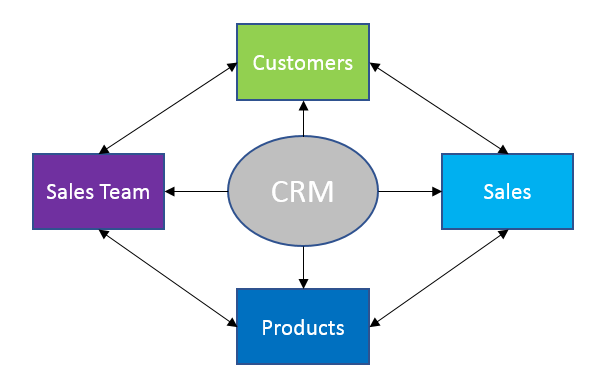How Sales Software Tools Make It Easier to Analyze Customer Journeys
by Black Ink Team

In a B2C context, sales software or ‘martech’ can be used to glean actionable insights which can be used to increase acquisition, boost brand awareness, and maximize individual customer’s lifetime values. By measuring ROI through analyzing big data, sell-through patterns that can have a huge impact on a manufacturer’s or a distributor’s bottom line can be accurately identified. With the addition of artificial intelligence, these tools and insights are only going to become more powerful.
Using a CRM database, instances of customer engagement or ‘touches’ can be looked at in aggregate and used to create detailed customer profiles. Such customer behavior analysis can enhance demand-forecasting when you combine it with other factors such as demographics and seasonality. The return-on-investment for discrete channels such as mailing lists and newsletters can be calculated through CRM analysis. Moreover, you can even leverage online metrics such as website traffic and session duration while you are analyzing customer journeys.
Sales information can be kept track of in a variety of different ways, but modern CRM makes data management a breeze. Decision-makers benefit when they all can have the same view of data because that promotes lockstep, and if their marketing technology is cloud-based they can look at reports from anywhere. Modern CRM also can make business intelligence easier to digest with its built-in visualization, and in the future it may make sales data more secure by harnessing blockchain technology.

Every customer journey starts with the initial conversion of a non-customer into a customer. Deriving insights via CRM analysis can let you run A/B tests, which is where you test two things and see which works better. You can implement one to determine which conversion techniques are most effective. For example, a brand manager may want to see if relying on a referral program for lead generation is cost-effective. They can have one of their territory managers implement one, have others be the control, then use CRM to analyze whether the program generated more revenue than it cost.
‘Going digital’ is definitely the way to go when it comes to sales reporting, but as for making sales themselves doing the opposite is advantageous for a number of reasons. In contrast to ecommerce and Big-Box stores, for instance, partnering with independent retailers to sell consumer durable goods provides manufacturers with countless unique opportunities to increase lifetime value, cross-sell & upsell, and add enrichment to the overall customer experience. At a physical point-of-purchase, shoppers can be exposed to your entire product mix at once and even try out certain equipment - whereas, when they shop online or at a chain retailer, they may have to search for a long time to find all your products, and they without a doubt will be inundated by other products along the way. In addition, sales reps can entice end users by informing them of your incentive programs, shelving can be taken advantage of to draw the eye towards your product and away from your competitors, and the service department can enhance the utility of your product in relation to others. Finally, by implementing IoT technology within the dealerships themselves, manufacturers can collect data that tells them how to optimize their in-store strategy.
